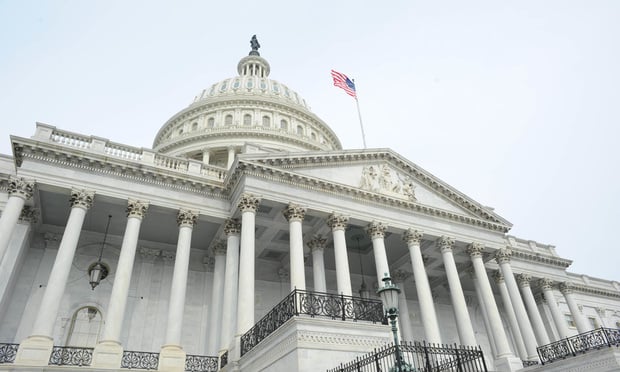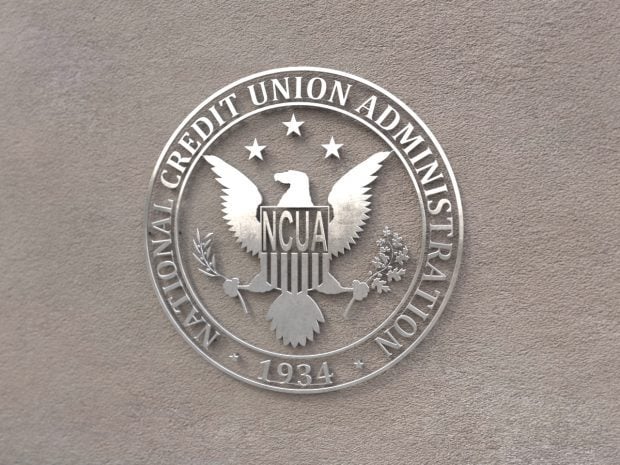VALLEY FORGE, Pa. — Taking the decision-making process away from investors when it comes to their 401(k) plans may be a new trend, but a just-released study suggests it could backfire.
The Vanguard Group has published a new study titled “Lessons from Behavioral Finance and the Autopilot 401(k) Plan.” While more than 60 million employees participated in defined contribution plans such as 401(k)s in 2003, many more still chose not to join despite employer matching contributions.
With automatic or “autopilot” 401(k)s, research showed participation rates jumped from 37% to 86% among new hires. An automatic 401(k) makes all the critical choices for participants including automatic enrollment, contribution rates are automatically increased each year, and participant accounts are automatically invested in suitably diversified portfolios. At any time, users can opt out and make their own choices.
The increase in participation suggests that many employees do not have particularly firm convictions about their desired savings behavior, Vanguard said. “In a typical 401(k) plan that requires voluntary enrollment, the default decision is not saving–do nothing and no payroll contributions are made,” the study said. “In an automatic enrollment plan, the default decision is saving–do nothing and payroll deductions begin.” Unfortunately, in the case of automatic enrollment, the default decision may be too powerful, Vanguard pointed out. Not only do employees “decide” to stay in the plan under automatic enrollment, they also “decide” to stay at the low contribution rate and in the conservative investment choice typically selected by their employer. Prior to the implementation of automatic enrollment, plan participants elected an average deferral rate of 7.3%. After automatic enrollment, the average deferral rate fell to 4.4%. Vanguard said the reason for the decrease is that the default savings rate under automatic enrollment was 3%.
“As newly eligible employees entered the plan, most 'chose' the 3% selected by their employer–including participants who otherwise might have voluntarily elected a higher deferral rate,” Vanguard said.
To navigate around this, Vanguard suggests policymakers encourage the use of balanced investment portfolios as default investment options at many employers mistakenly choose conservative fixed income funds as defaults because of confusion about their Employee Retirement Income Security Act or ERISA duties or concerns about litigation. Another way would be for the Internal Revenue Service to expand its automatic enrollment regulations to include examples using higher rates, for example 4% or 5%, as well as examples of automatic enrollment in an annual savings increase feature.
© 2025 ALM Global, LLC, All Rights Reserved. Request academic re-use from www.copyright.com. All other uses, submit a request to [email protected]. For more information visit Asset & Logo Licensing.







